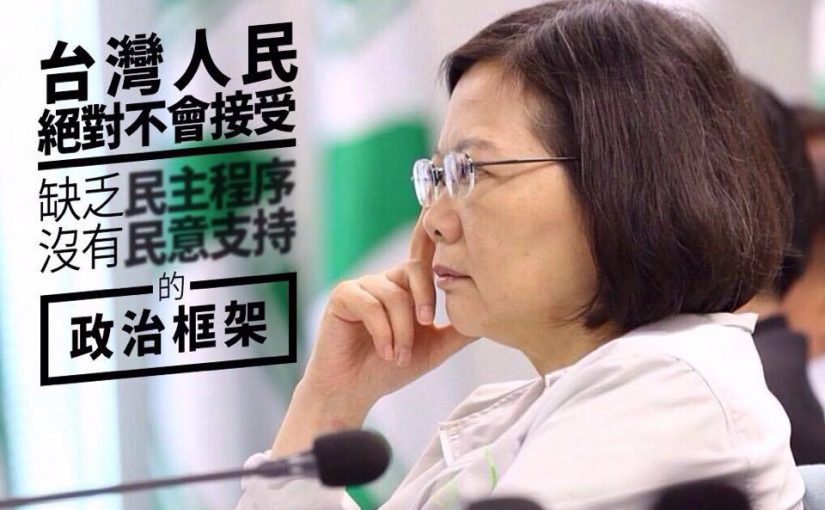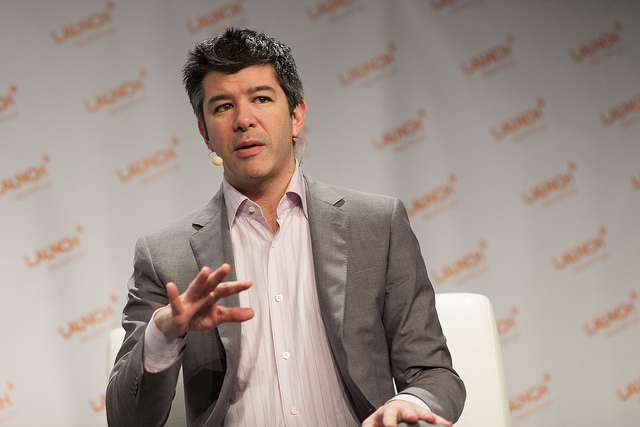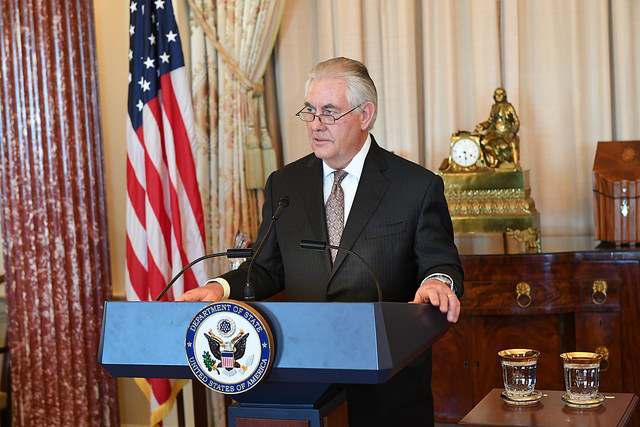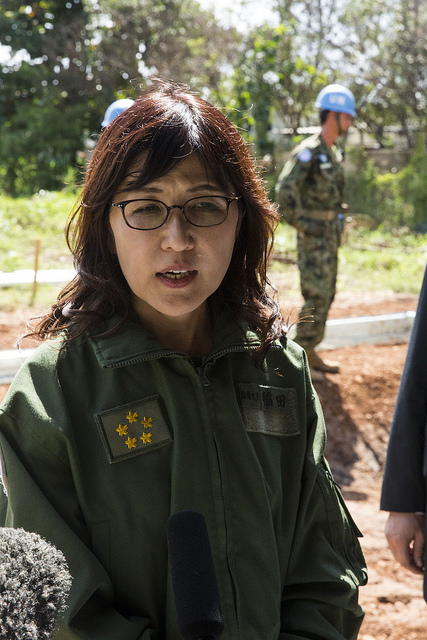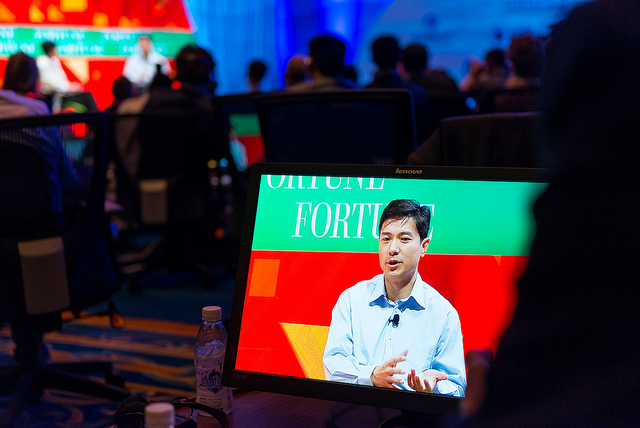
By Bill Lee
“The only time I’ve ever seen China worried is when they’re not sure what the US is going to do,” Victor Cha, a former advisor on Asian affairs in the G.W. Bush administration, was quoted as saying in a recent New York Times article. President Trump’s “unpredictability” is causing consternation in capitals around the world. Some view Trump’s impulsiveness as a clever tactic to keep adversaries (and friends) off guard and give him leverage. Perhaps. But based on his performance so far, some simple rules have emerged for not being fooled by Trump and for dealing with him.
First, as has been repeatedly pointed out, Trump is a master of distraction, a political genius at it. Just look at the recent missile strike on the Shayrat Airfield in Syria. With a simple order, Trump managed to:
- demonstrate that the US is not reluctant to use military force,
- show he is a person who cares about babies,
- distract attention from a tough US-China summit,
- give Xi Jinping a dramatic, firsthand look at the apparatus of American power and send him a message that the US could bypass China and attack North Korea,
- turn attention away from the US Congressional investigations into Trump-Russia ties.
Should we assume that Trump’s sleight-of-hand distractions are the result of conscious calculations or random, bull-in-the-china-shop impulsiveness? I believe the former. Trump’s absurd claim that Barack Obama had him wiretapped at least shifted attention away from the Russia investigations.
Then here are some simple rules for dealing with Trump:
- Don’t fall for distractions; look for the problem he is trying to evade.
- Never believe his hyperbolic descriptions. Trump is fond of describing things as “disastrous,” “the worst ever,” “unbelievable,” etc. When Trump said he had developed an “outstanding” relationship with Xi Jinping, it means the two can be in the same room together without coming to blows.
- Don’t believe that Trump worries about contradictions (“I support nuclear non-proliferation and it’s OK for Japan and South Korea to have nukes”), reversals of policies (viz. Syria), or hypocrisy (professions of horror about killed Syrian children but banning refugees from Syria); in other words, don’t believe he will be guided by usual constraints of rationality.
- Don’t be afraid to believe Trump will back down (to wit, his quick acceptance of the one-China policy).
If we follow these rules, I believe we will be less likely to be surprised by President Trump and more able to make sense of his words and actions.
Leave a comment.
Photo by Caio Sorrentino via Flickr
 日本語
日本語 English
English 中国語
中国語